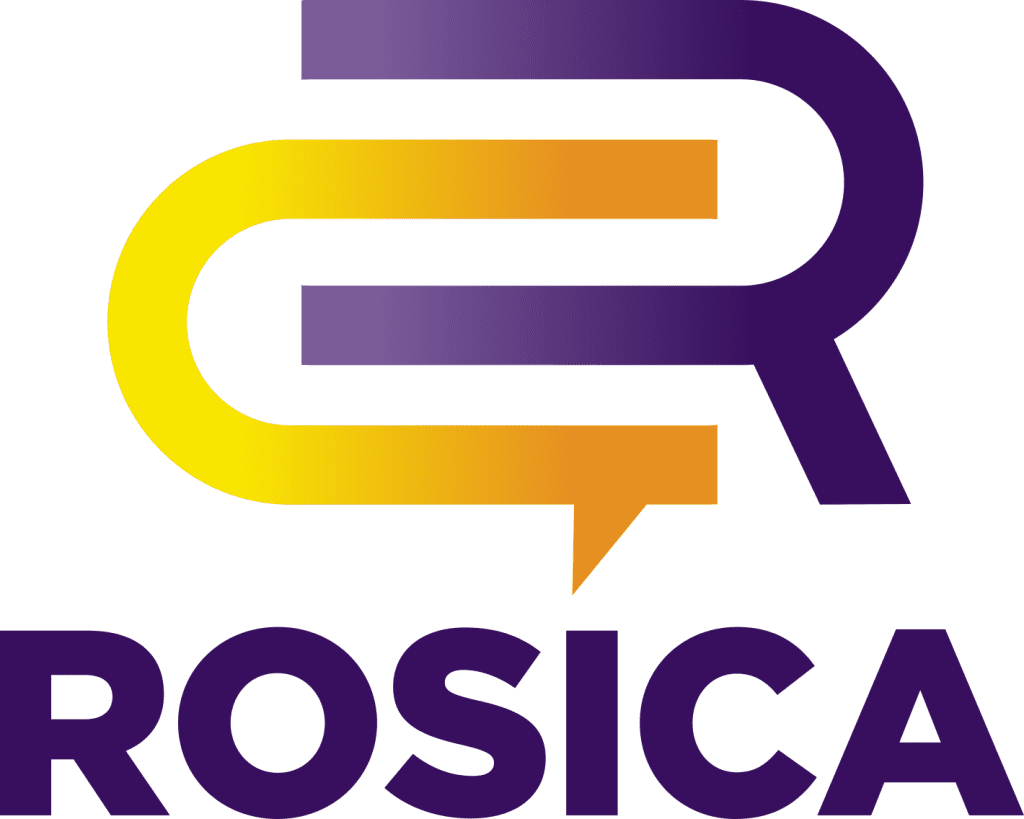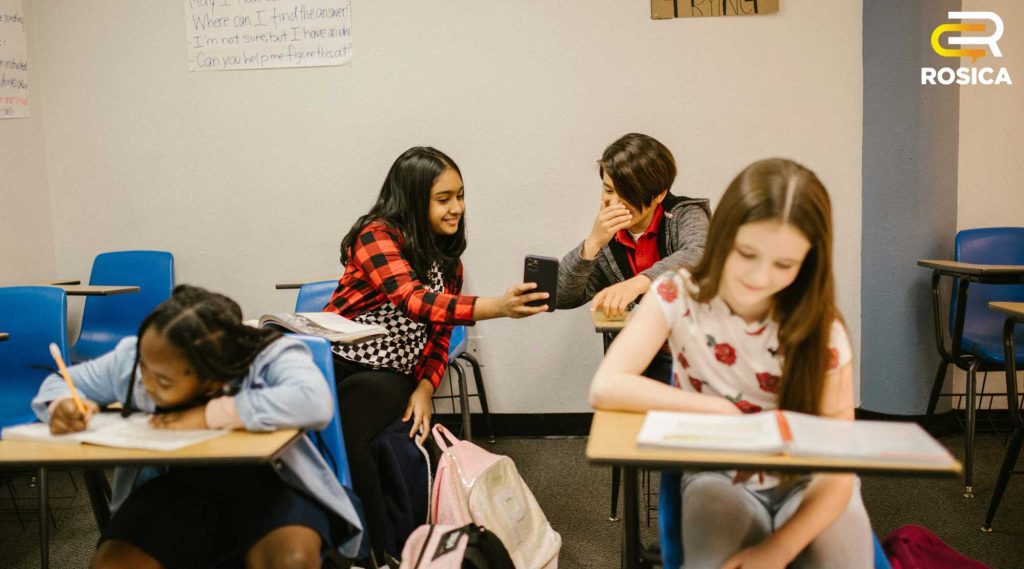In early 2025, Instagram introduced a new initiative aimed at combating cyberbullying and improving digital safety for young users: the School Partnership Program. This forward-thinking move recognizes that schools are critical stakeholders in online behavior and should be provided with the tools to respond more effectively to digital threats.
With the increasing demand for tech companies to assume greater accountability for user safety, especially minors, this initiative offers schools a meaningful opportunity to actively shape digital culture. The School Partnership Program doesn’t just equip educators with better reporting tools, it offers a collaborative path to fostering digital citizenship through resources, partnerships, and open lines of communication.
This article unpacks the program and shares how it supports the evolving relationship between social platforms and educational institutions; an evolution that requires both leadership and integrated communications strategies.
Empowering Schools with Prioritized Reporting
One of the most impactful elements of the program is the elevated reporting system available exclusively to participating schools. Schools can issue prioritized reports to Instagram, which ensures that harmful content or behavior targeting students is flagged and addressed more quickly.
Consider the implications: a school counselor notices ongoing harassment targeting a student across several posts. Under traditional reporting pathways, this issue could take days (or longer) to be reviewed. With this new level of access, however, that report jumps the queue, allowing Instagram’s safety teams to intervene promptly.
This is more than a technical update; it’s a redefinition of the school’s role in social media moderation. Much like building a leadership bench internally, empowering school leaders with direct, responsive tools requires both training and trust. Schools aren’t just spectators to students’ online lives; they’re active participants in their digital wellness.
At Rosica Communications, a national PR firm with a focus on education and education technology, we view these developments as an opportunity for schools to demonstrate thought leadership in student advocacy and protection. Through smart communications strategies, districts can build trust with families, influence policy, and position themselves as pioneers in digital safety.
From Oversight to Education: Shaping Digital Citizens
Another core element of the School Partnership Program is its emphasis on education and awareness. Instagram will provide schools with customizable content designed to support students, families, and staff in navigating the complexities of social media use.
These educational materials go beyond digital do’s and don’ts; they are tools to build long-term, sustainable digital literacy. Think lesson plans on digital empathy, workshops on identifying harmful content, and tip sheets for parents about open conversations on online behavior.
For example, a middle school participating in the program might incorporate Instagram’s resources into its advisory curriculum, using short videos and discussion prompts to guide students through real-world online scenarios. This type of content, when aligned with broader emotional wellness goals, can change behaviors and strengthen peer support systems.
This approach echoes a key tenet of integrated social media management: consistency in messaging and values across channels. By aligning educational content with school-wide goals and communication strategies, districts can strengthen both their digital culture and community trust. As a seasoned education PR agency, we recommend showcasing these success stories to inspire broader adoption and recognition.
Redefining School-Platform Relationships
Traditionally, schools have limited leverage when it comes to influencing platform-level moderation decisions. The School Partnership Program changes that dynamic by bringing educational institutions into the conversation in a structured, proactive way.
This move reflects a broader industry shift, one in which social platforms recognize their role as co-stewards of youth safety. In this model, schools become data partners, behavioral analysts, and educational amplifiers. Their insights can now inform platform strategy, policy updates, and user experience design.
For example, an engaged school district may track the types of issues most frequently reported through the program and use that data to revise district-wide behavior policies or introduce new staff training modules.
These insights can inform public communications and reinforce the district’s leadership in protecting students. When translated into compelling narratives, they resonate with stakeholders from parents and board members to media and policymakers. Strategic storytelling isn’t just beneficial; it’s essential for driving meaningful change.
Conclusion
Instagram’s School Partnership Program is more than a technical feature. It’s a call to action. A call for schools to lean in, take ownership of their role in digital ecosystems, and lead with purpose. It also signals a new era of collaboration between the education and technology sectors.
By joining the program, schools don’t just protect students from harm, they help define what healthy, responsible digital behavior looks like. And when they communicate that leadership effectively, they create lasting value not just for their students, but for the entire education community.
About Rosica Communications
Rosica Communications is a mission-driven education PR firm with decades of experience helping schools amplify their impact. We offer strategic social media management, thought leadership development, thought leadership measurement, and integrated communications that elevate your message and strengthen your brand.
To learn more, schedule a call with President and CEO of Rosica Communications, Chris Rosica: https://calendly.com/rosica/30min.

